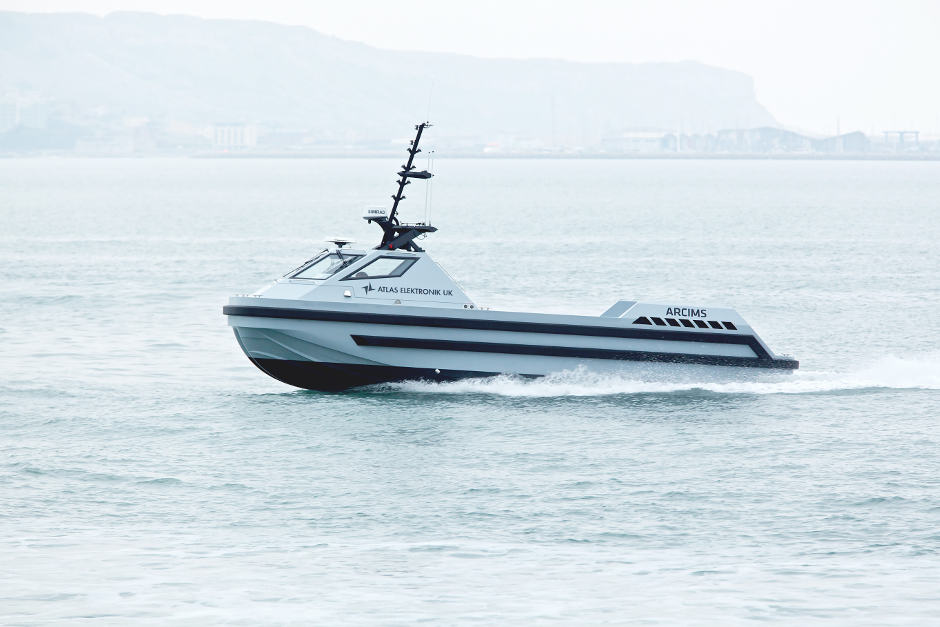
Project partners Lloyd’s Register, Warsash Maritime Academy (WMA), Queen’s University Belfast and Atlas Elektronik (AEUK) found that use of newly developed algorithms allowed current IMO (International Maritime Organisation) collision avoidance (COLREG) rules to remain relevant in a crewless environment. Artificial Intelligence-based navigation systems were able to enact the rules to avoid collision, even when approaching manned vessels were interpreting the rules differently.
The project utilised WMA’s networked and highly immersive simulators bridge simulators to analyse reactions from the crew when faced with real-world scenarios and subsequently hone the MAXCMAS (MAchine eXecutable Collision regulations for Marine Autonomous Systems) algorithms.
Rolls-Royce Future Technologies Group’s Eshan Rajabally, who led the project, said: “Through MAXCMAS, we have demonstrated autonomous collision avoidance that is indistinguishable from good seafarer behaviour and we’ve confirmed this by having WMA instructors assess MAXCMAS exactly as they would assess the human.”
During the project, Rolls-Royce and its partners adapted a commercial-specification bridge simulator as a testbed for autonomous navigation. This was also used to validate autonomous seafarer-like collision avoidance in likely real-world situations.
Various simulator-based scenarios were designed, with the algorithms installed in one of WMA’s conventional bridge simulators. This included Atlas Elektronik’s ARCIMS mission manager ‘Autonomy Engine’, Queen’s University Belfast’s Collision Avoidance algorithms and a Rolls-Royce interface.
During sea trials aboard AEUK’s ARCIMS Unmanned Surface Vessel (USV), collision avoidance was demonstrated in a real environment under true platform motion, sensor performance and environmental conditions.
“The trials showed that an unmanned vessel is capable of making a collision avoidance judgement call even when the give-way vessel isn’t taking appropriate action,” said Ralph Dodds, Innovation & Autonomous Systems Programme Manager, AEUK. “What MAXCMAS does is make the collision avoidance regulations applicable to the unmanned ship.”










WildFusion helps robot traverse difficult terrain
Son of Daleks? can they climb stairs?